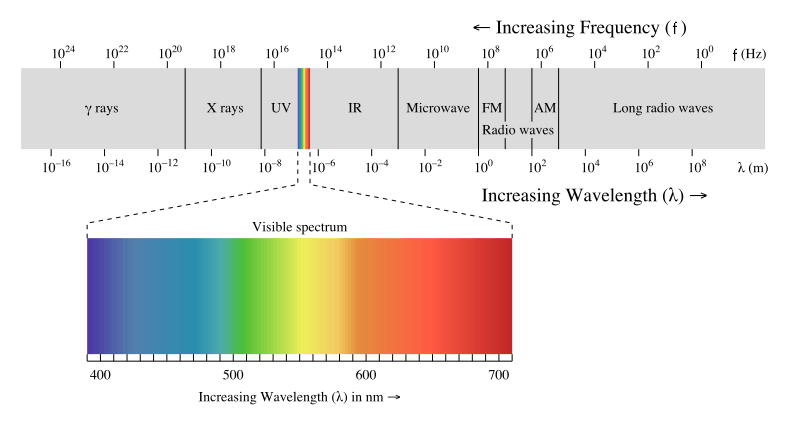A Rainbow of Possibilities
Last class we conducted an experiment that dealt with Voltage, Solar/Light Power, and Filters. The purpose was to figure out how much voltage the sun, or in this case a lightsource can really provide and whether a different color filter would affect the amount of voltage created by the same amount of light.
We began by setting up the experiment and then runninNXT and its sensor to meaure what happens when there is no light. After that we started off at low light (amount of light coming out of source) and at 1 cm and progressed to 30 cm away at the same light level. By doing 5 different levels of distance we are able to see what distance does to the intensity of the light that the sensor is catching. Graphing these numbers, we see that the farther the light is, the less intense it is when something like the sensor catches the light. For example, the average at 1 cm away is almost .3 V more than the one at 30 cm away.
With this, we can see that although the sun provides extensive light and is so large, the distance of the light makes it less intense here on earth for creating voltage or energy. This is not to say that it is not still intense or harmful for people, or that it does not create energy, it is a HUGE ball of hot plasma, lets be real. But just that if it was closer it would make more.. and at the same time probably kill us all.

We then kept the light at the same distance but placed different colored filters ontop of the sensor to see what would happen if you were to change the wavelength (which occurs when the color is changed). As we can see the most intense light when there is no filter, and then the yellow was the second most intense one. This seems like it would be right the right order so far in the fact that we did not have red or orange filters. But I would think that pink would have a higher intensity than yellow becuase it is higher in wavelength on the electromagnetic spectrum and thats what I would assume correlates. And then the rest of the colors would follow, meaning purple would be at the bottom becuase it has the shortest wavelength and is the darkest so it would seem that the light would be less intense after passing through it. But instead our results which were created exactly the same way the first set was, so we would think that they were created correctly as the first was, are completely different than what I assume would happen. Our results seem to have a random order of the colors, not really correlating to the wavelength spectrum below.



3 Responses to A Rainbow of Possibilities